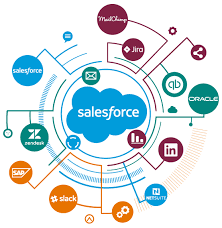To get a return on AI investment, you must understand what you are investing in with Artificial Intelligence.
“You need to be able to be clear-eyed about the potential but be able then to come down to the use cases. What are the functions? What are the tasks? What are the jobs to be done?”
CHITRANG DAVE DATA LEADERSHIP COLLABORATIVE

The essence of digital transformation, whether it involves cloud migration or implementing enterprise CRM, revolves around achieving results and enhancing productivity. Artificial Intelligence (AI) is no exception to this paradigm. A survey conducted among analytics and IT leaders reveals the manifold benefits of AI adoption, including expedited business decision-making, operational streamlining, increased focus on valuable tasks, automated workflows, and an enhanced customer experience. However, to fully realize these advantages and get a return on AI investment, it is imperative to pinpoint projects that promise the highest returns. Not every use case aligns with an AI solution, and the process of determining where to deploy AI involves both an art and a science. It commences with a profound understanding of the goals at hand and an assessment of potential challenges.
Starting from this foundation, the following questions should guide your approach to get a return on AI investment:
- Do Your Homework for High-Impact Opportunities for AI:
- Assess the landscape to identify opportunities where AI can have a significant impact.
- Data Assessment:
- Is your data reliable, interconnected, and easily accessible?
- Domain Expertise:
- Have you engaged with AI experts who possess knowledge specific to your industry?
- Feasibility Analysis and Proof of Concept Projects:
- Are the issues you aim to address suitable for AI solutions? Conduct feasibility analyses and initiate proof of concept projects.
- Competitor Analysis and Market Research:
- Stay informed about industry trends and understand how your competitors are leveraging AI.
- ROI Assessment:
- Have you considered factors such as cost savings, revenue increase, and customer satisfaction in evaluating the return on investment?
- Risk Assessment:
- Have you identified potential concerns related to ethics, data privacy, compliance, and bias?
- Impact, Scale, and Iteration:
- Prioritize opportunities that offer significant impact and scalability, and regularly review and refine your plans.

By addressing these questions systematically, organizations can navigate the complexities of AI deployment, ensuring that the chosen projects align with their objectives and provide tangible benefits in terms of efficiency, innovation, and customer satisfaction.













